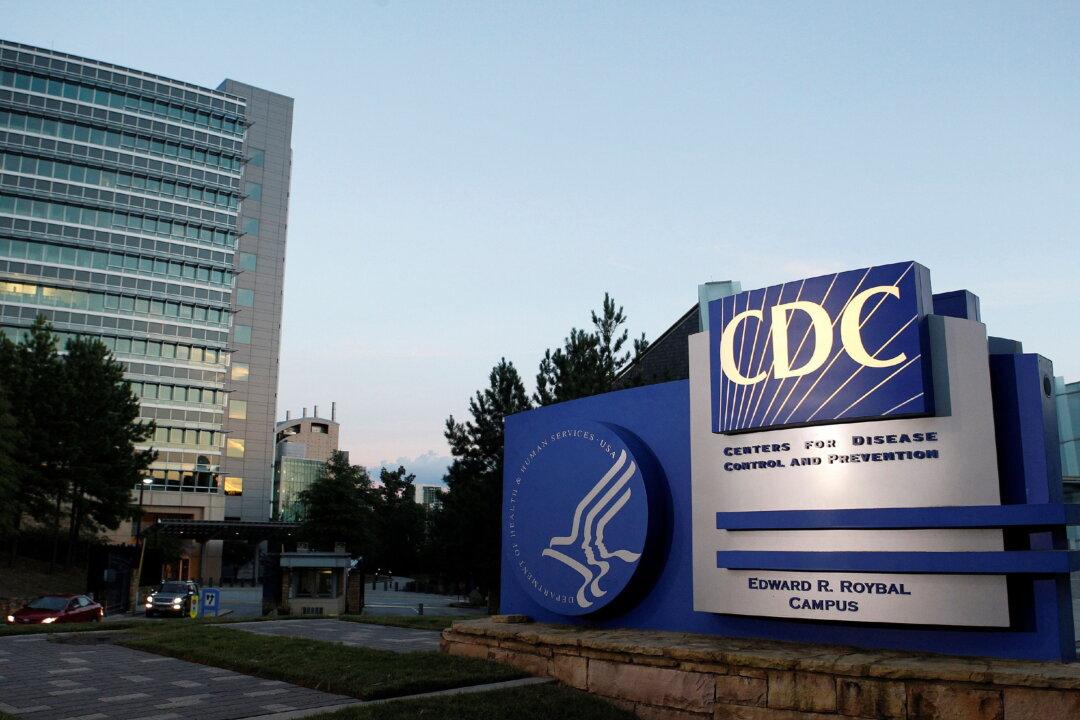Never in medical history has a diagnostic tool been given so much authority as the PCR test, which has been used to detect if someone is infected with the CCP virus.
Many policymakers rely solely on rising positive cases derived from the PCR [polymerase chain reaction] test, and not on deaths or hospitalization rates, to implement restrictive measures that seek to stop the transmission of COVID-19.






